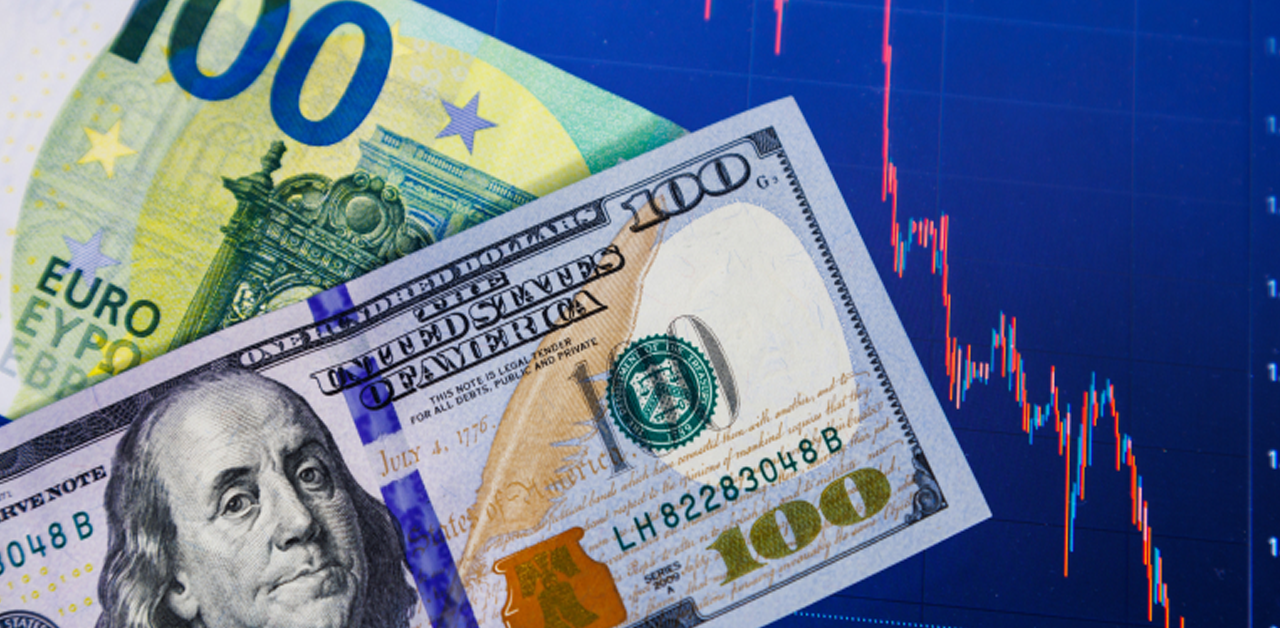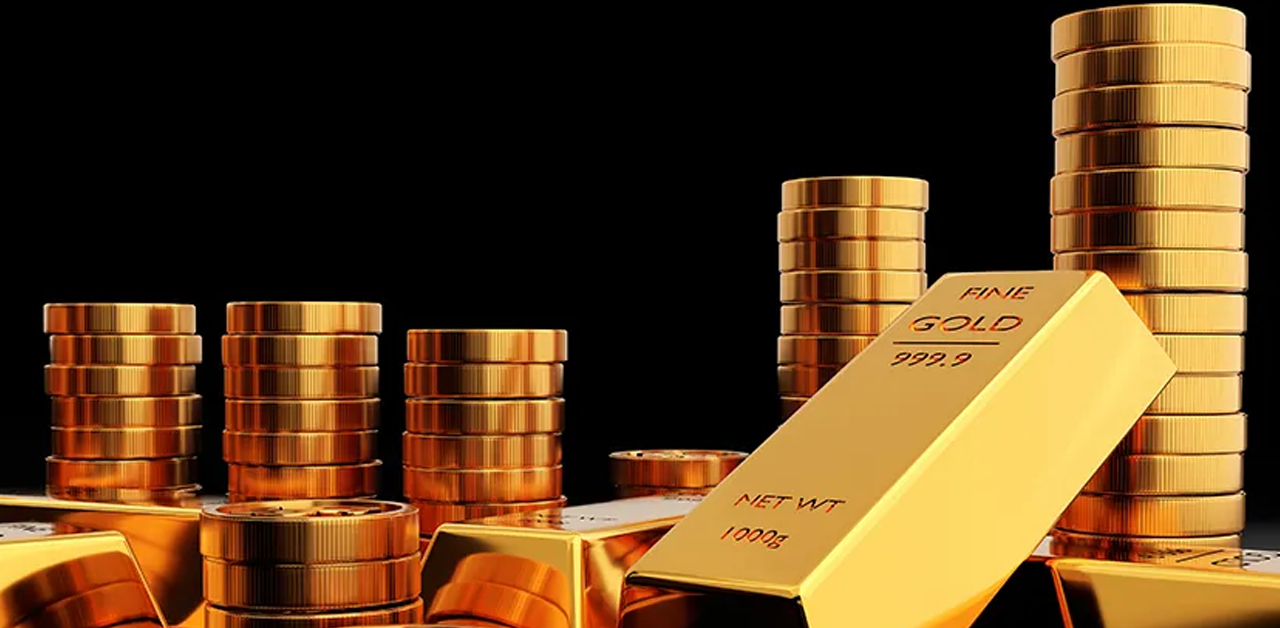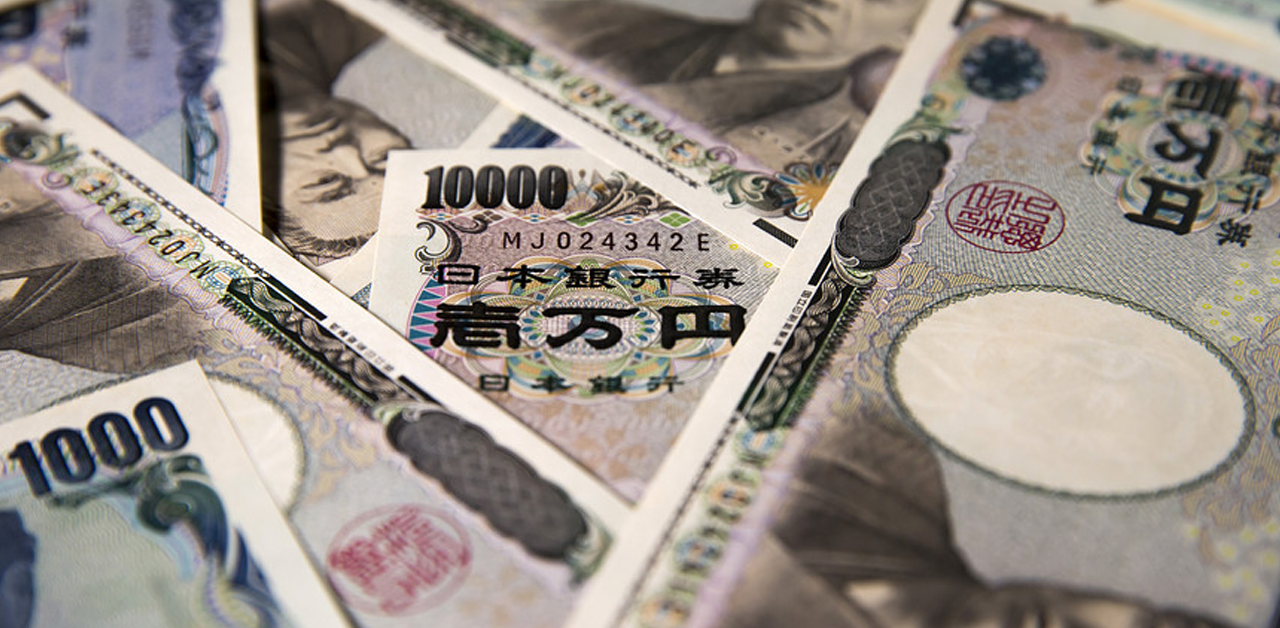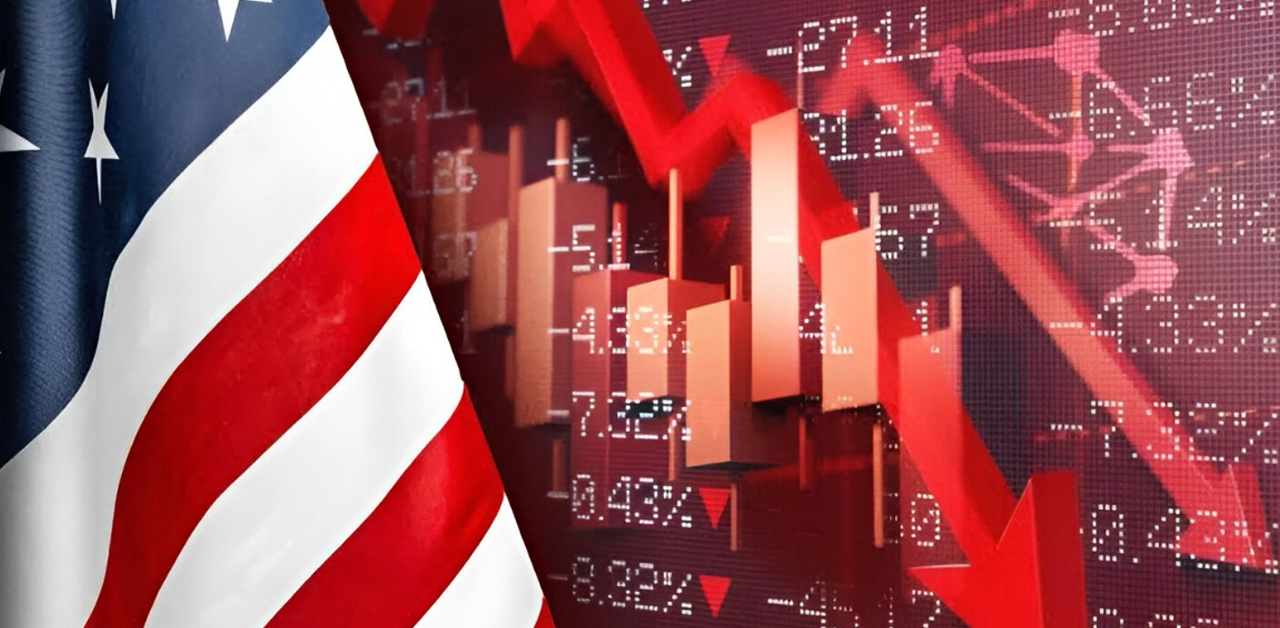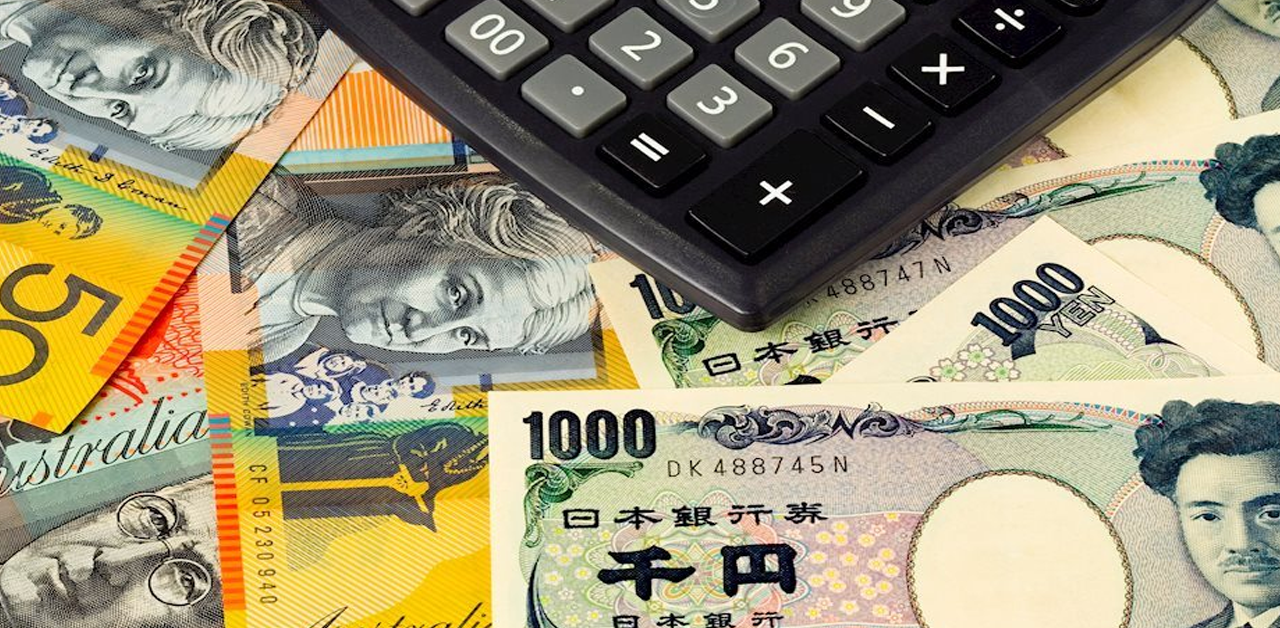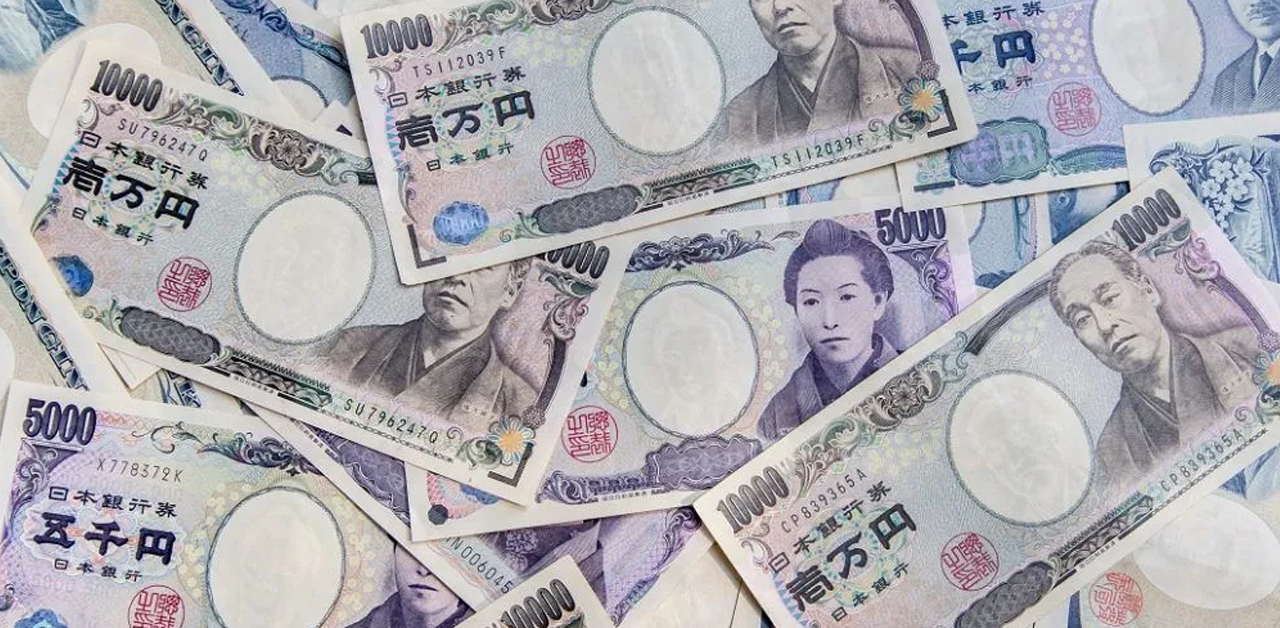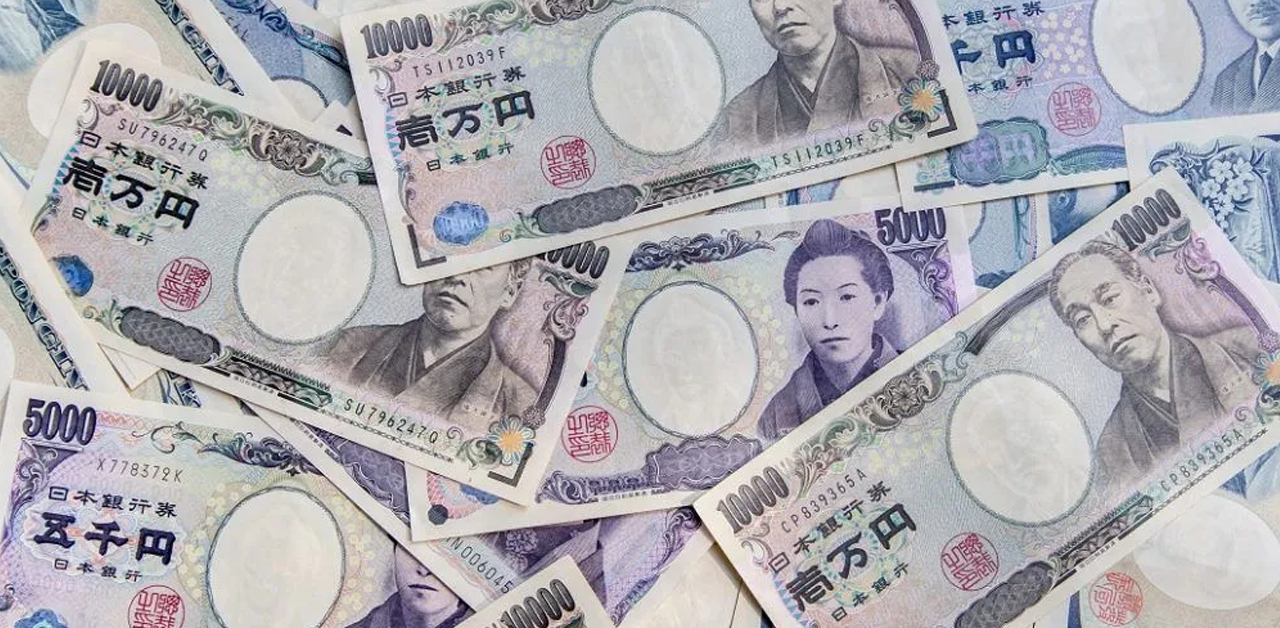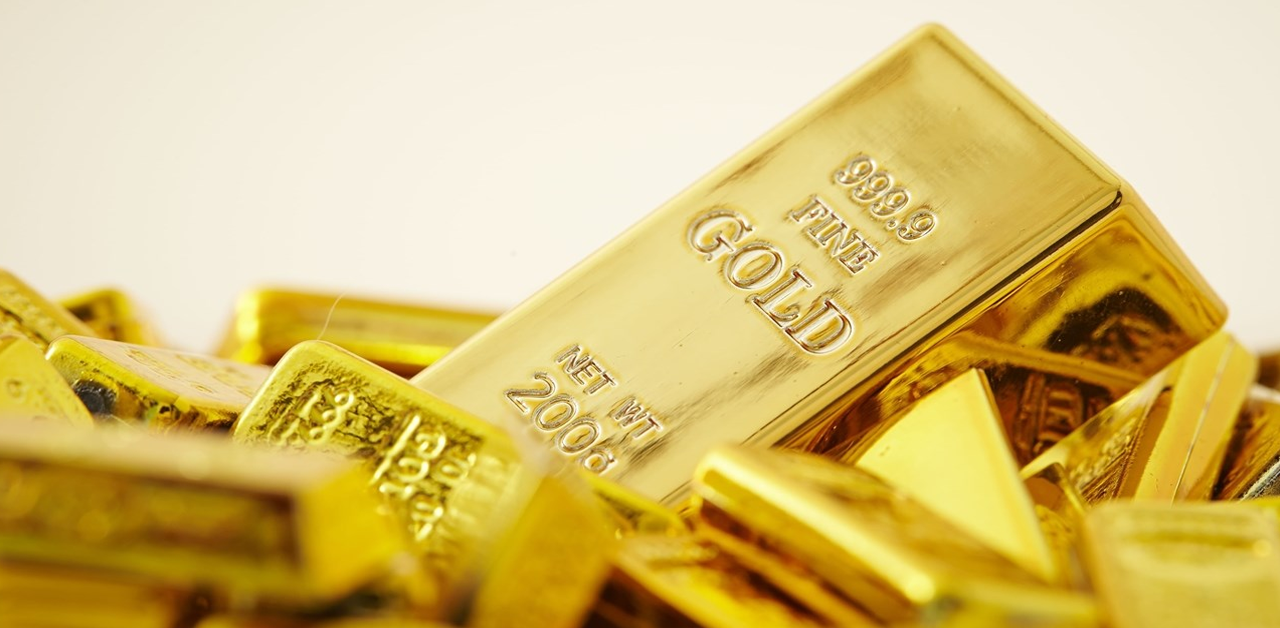The Federal Reserve of the United States is bracing itself to face the Inflation Challenge
After more than a decade of subdued inflation, a wave of price increases has swept through the US economy, affecting automobiles, housing, and food, and shaking policy makers intent on selling a reassuring message of recovery. President Joe Biden has made fighting inflation a priority, but it is Federal Reserve Chair Jerome Powell who leads the one body that can take direct action to slay the inflation challenge. Powell has vowed to fight back after recently admitting that he and his colleagues underestimated how far prices would rebound in the aftermath of the pandemic crisis.
The Fed’s policy-setting committee is expected to be announced just at end of its two-day conference that one will phase out its stimulus measures more quickly, allowing it to raise lending rates by mid-2022 or sooner. However, while raising interest rates is an effective inflation-fighting tool, it is also a blunt tool that could hinder the recovery, which is still beset by supply chain snags and new Covid-19 variants. Consumer prices rose 6.8 percent in November, the largest increase in nearly four decades, and while economists believe the overall rate has likely peaked, many goods and services are expected to remain expensive for some time.
“Even if inflation in goods begins to ease, watch carefully for recovery in health and housing inflation in 2022.” Suspicions are raised: Powell himself launched a federal asset purchase program last month. He said it was time to accelerate the process of terminating. The Commission took the first step in early November, reducing bond purchases and reducing totals by $ 15 billion a month. This ended the program in June. However, Powell said in a statement to Congress that the program could end “months early.”
If bond purchases end in March, the Fed will be able to raise benchmark rates from zero as early as May, since the pandemic began in March 2020. Hoping to avoid the effects of negative policies, Biden’s team and federal government officials said the price increase was soon due to pandemic effects such as semiconductor shortages and delivery problems. Spent months to reassure nervous consumers that they would be alleviated. But the Fed’s thinking has changed in recent weeks, with more policy makers turning to inflation hawks and central banks having to raise lending rates in 2022 to bring inflation closer to the 2% target. This week’s session is the last of the year, and the FOMC also released quarterly economic forecasts, including a carefully monitored “dot plot” that tracks the outlook for Commission members, including interest rates, although not the Fed’s official forecasts. The September chart showed a single rate hike that is likely next year, but economists say the new edition could show three or even four.
The market is now afraid that the Fed is overreacting and cracking down on inflation as a new breed of Covid 19 spreads rapidly and can hinder the recovery of an economy that hasn’t regained millions of jobs yet. However, the increase in infections that are forced into new restrictions could put further pressure on prices. “The big unknown is how concerns about current delta waves and omicrons play a role in the supply chain,” says Squonk. “The Fed has concluded that the outbreak is essentially inflation, as it can further disrupt the global supply chain.”

